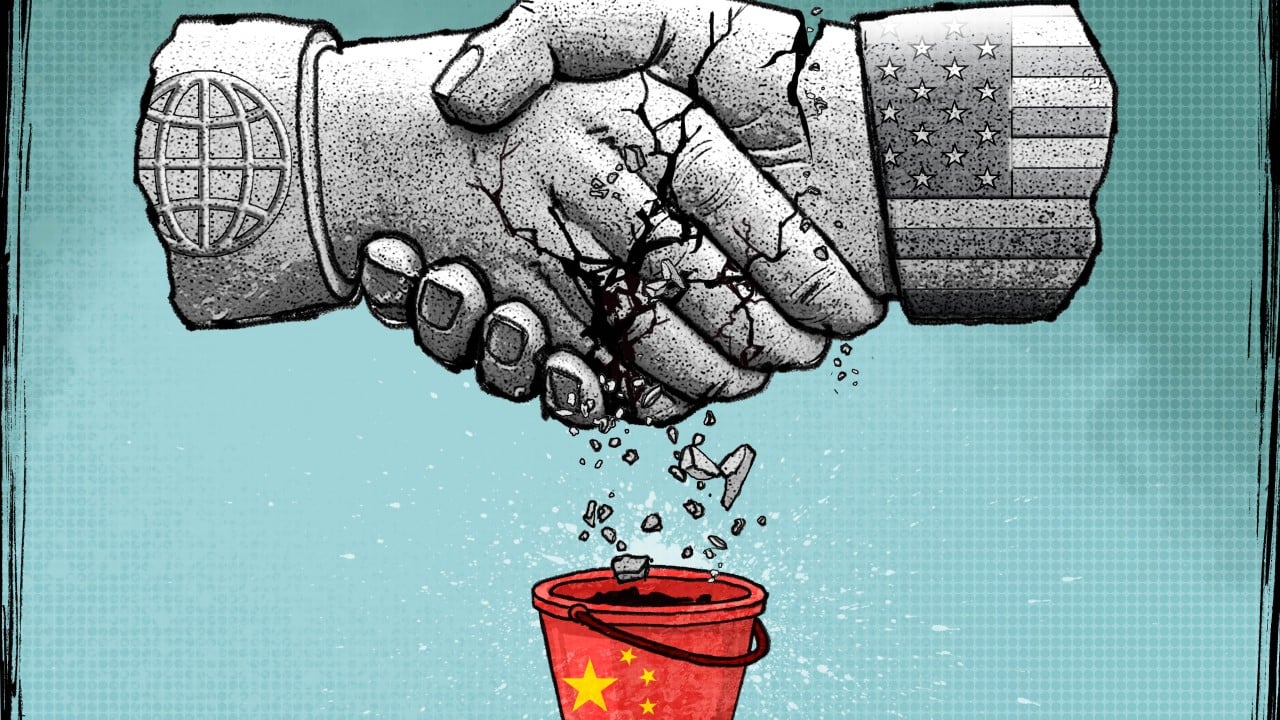Nearly 100 days in, Donald Trump’s second term as US president has been defined by his determination to upend the established order on nearly all fronts of domestic and foreign policy. In the second of this series, we look at the extent to which the president’s actions have unravelled and possibly broken relations with Washington’s closest allies.
Advertisement
As former US president Joe Biden’s administration wound down in January, China faced more pressure on multiple fronts – diplomatic, economic and military – than it had for decades, largely owing to the alliances the American leader worked to bolster during his single term in the White House.
The North Atlantic Treaty Organisation at its annual meeting in 2021, for instance, branded China as presenting “systemic challenges” and defined it as such in its strategic concept the following year, with officials in Washington highlighting Beijing’s reluctance to condemn Russia’s war against Ukraine.
By the last year of Biden’s term, Nato gained two key members – Finland and Sweden – and Brussels shifted towards what his administration had been hoping for: a tougher stance on trade with China, including new tariffs on Chinese EVs, among other measures.
Now, as US President Donald Trump lambasts America’s allies and foes alike with steep additional tariffs, the Western alliance is fractured, affording China a chance to kick its way out of the geopolitical box Biden had built around it.
Nowhere are the cracks more visible than in Europe, where avowed trans-Atlanticist leaders have indicated they view the alliance with America as dead.
Advertisement

